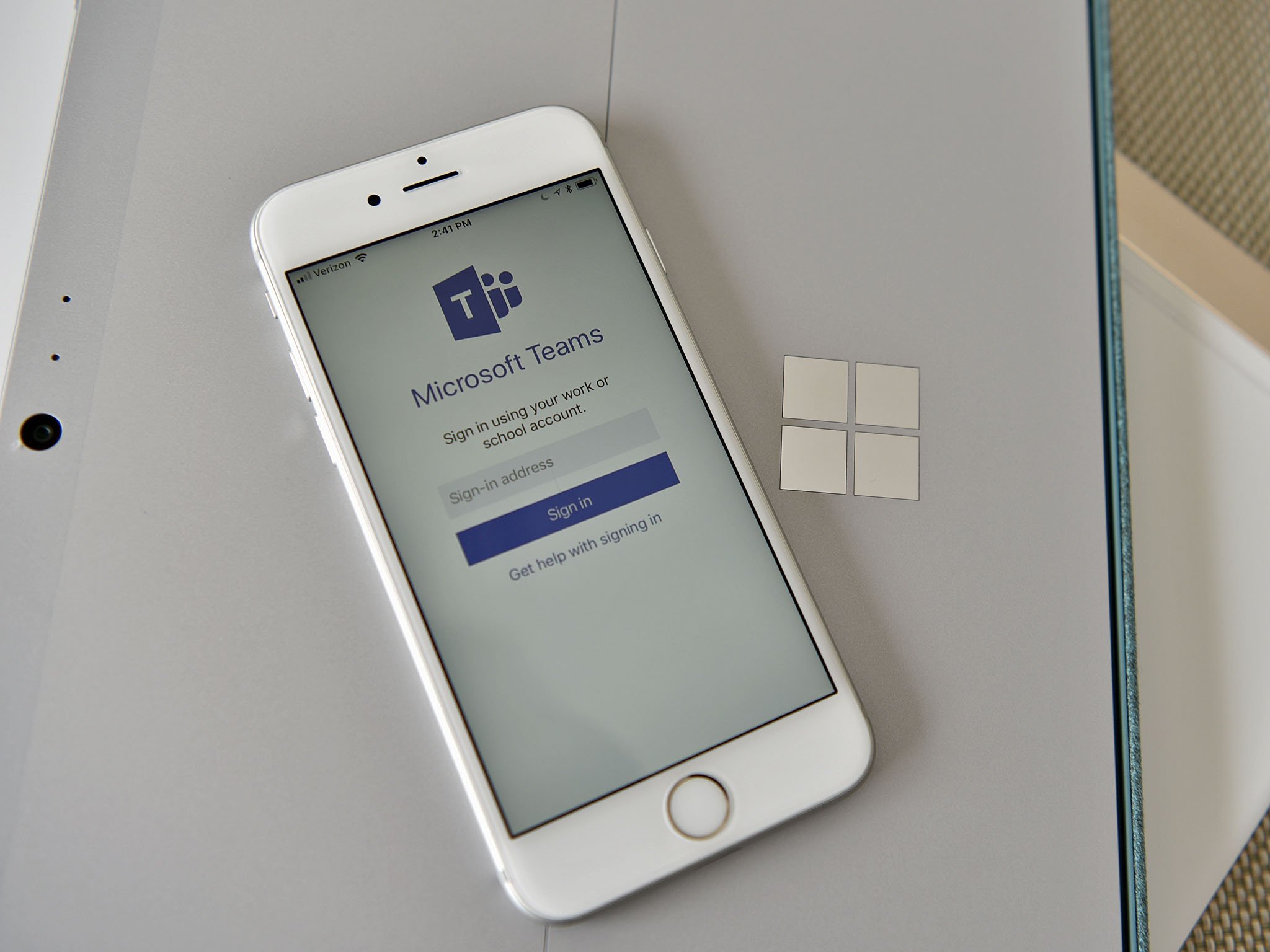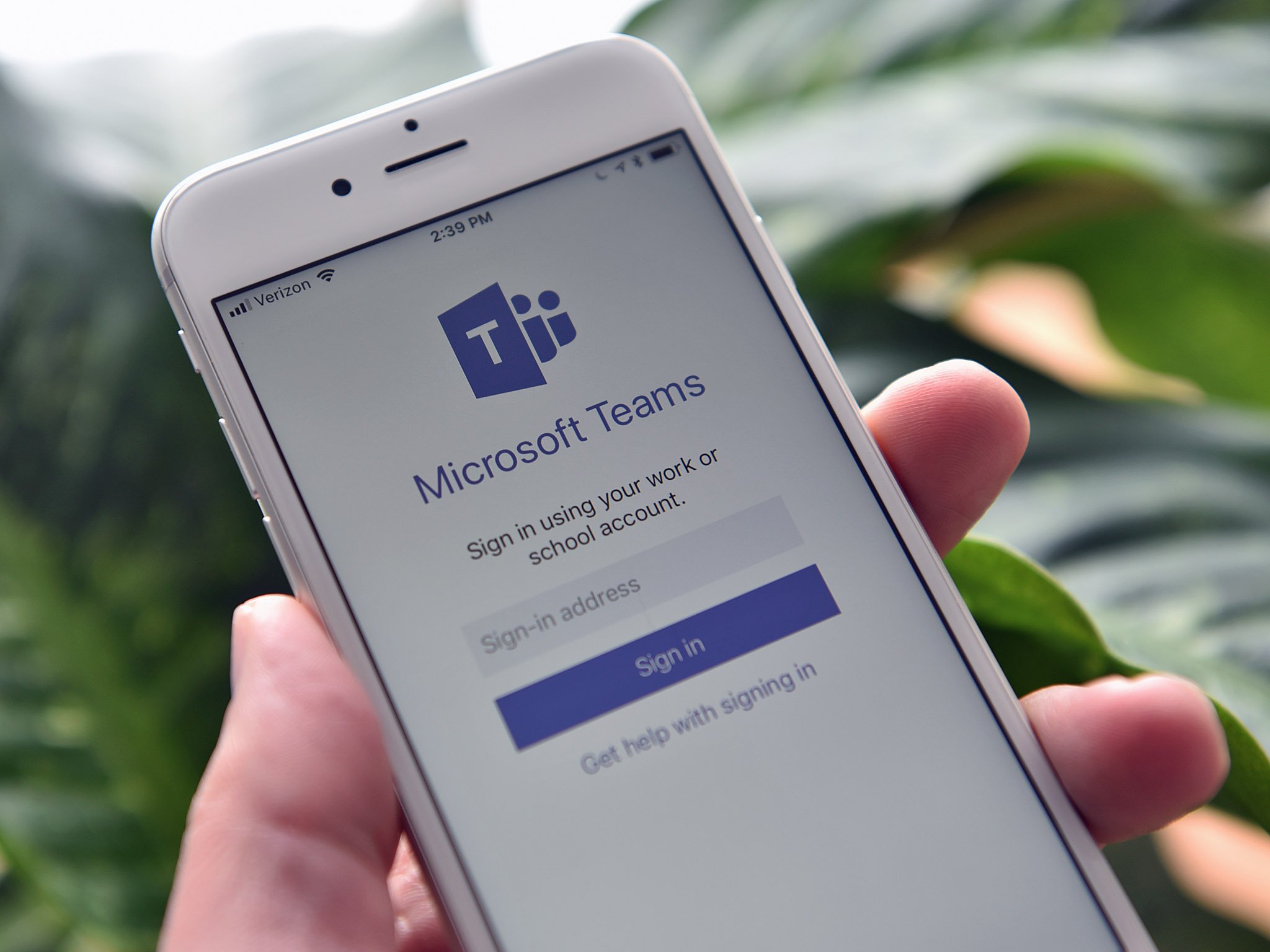Microsoft Teams sees significant growth — but Slack isn't going anywhere
Microsoft Teams' future is bright, but there's still plenty of room for Slack to continue to succeed.

Microsoft Teams saw major growth throughout 2019. The service, which initially launched at the tail end of 2016, reached 20 million daily active users (DAU) in November, according to Microsoft, standing above the 12 million daily active users its chief rival in the team communication space, Slack, claimed in October. That fact has stirred up lots of discussion about Teams' future trajectory and what it means for Slack.
The narrative that has developed around Slack and Teams isn't as simple as it appears at first glance, however. Microsoft is certainly poised to see some explosive growth in the coming months. Ultimately, though, there's room for both apps to co-exist.
20 million DAU is a drop in the bucket

While Teams' 20 million daily active user metric is impressive, it's just a small sampling of its potential for growth. Teams is linked to Office 365, which gives the service a base of more than 200 million potential users to draw upon, says Hunter Willis, product marketing manager for AvePoint, a company that helps others make the transition to Office 365. The barrier right now, Willis says, is the deliberately slow pace at which IT departments are rolling out access to Teams as they make sure proper management and governance plans are in place.
"Adoption rates are still relatively slow for the platform right now, however, I think that as larger Microsoft companies become more confident about their deployments and start rolling out the solution, we'll start to see adoption rates skyrocket," Willis says. "I suspect this will be visible in the next 6 to 18 months, and with Slack and Microsoft going back and forth – as they have been – I imagine that this process will be very visible."
Teams could grow as large as Office 365 will let it.
Larry Cannell, a research director covering enterprise collaboration for Gartner, agrees. "Teams has the potential to grow as large as Office 365 will allow it," says. Teams' biggest barrier to growth, according to Cannell, will be user adoption. Specifically, the challenge lies in whether Microsoft can get people to use it for more than just the occasional message or conference.
Where we're likely to see a spike in growth is with the transition of Skype for Business users over to Teams. Microsoft is already encouraging the transition for current Skype for Business users, and Skype for Business Online will retire in 2021 in favor of Teams.
"By replacing Skype for Business Online with Teams, Microsoft can justify everyone having the app loaded on their desktop and phone," Cannell says. "This is also an example of how Teams and Slack are not quite the same product."
Get the Windows Central Newsletter
All the latest news, reviews, and guides for Windows and Xbox diehards.
Battle for the workplace

Microsoft Teams' momentum hasn't gone unnoticed by Slack, and the company has been very vocal about how it views Teams as a competitor. Earlier in 2019, Slack CEO Stewart Butterfield was very clear that he doesn't see Microsoft Teams as a threat. However, that hasn't kept the perception of a duel for the workplace from entering the narrative among the tech press.
In Slack's most recent earnings call, Butterfield admitted that he expects Microsoft Teams's DAU count to hit "50 million in the next six months and then 100 million within the next year," unless Microsoft hits a roadblock of some sort. Butterfield chalked that up to Skype for Business users being "force-migrated to Teams," though he also tempered concerns by drawing a distinction between Teams and Slack.
"Although Microsoft markets Teams as a Slack competitor — and there's no doubt this causes confusion in the marketplace — in practice, these are different tools used for different purposes and our customers achieve markedly different results," Butterfield said during the earnings call.
Slack's CEO says Teams and Slack are different tools, used for different purposes.
"Slack can bring together apps, people, and information all in one place so that people can do their best work by having that single source of truth," a Slack spokesperson told us when asked to expand on how it sees Slack and Teams as serving different purposes. "The vast majority of Teams DAUs are just using it as a replacement for Skype for Business (i.e. conference calls and instant messaging) because they were forced to transition from Skype to Teams."
Though both are generally seen as workplace communication tools, there may be some merit to Slack's claims. Its ease of setup, in particular, could make it more attractive to organizations that are just getting started with these sorts of communication tools. "Slack is still a great app that is easy to use and is easier to get started with," Willis told us. "[Its] look and feel have been expertly tailored, and I have heard feedback that users prefer the way it feels to Teams."

Another major factor that will continue to drive Teams growth, Willis says, is the work Microsoft has done on ensuring integrations and data management tools are in place for larger organizations. "Teams takes the lead due to its improved organization of chat information and the ease and number of integrations with other services, many of which users are already familiar with (Exchange, One Drive, SharePoint, Office)," Willis says. "Large organizations prefer Teams because of the level of controls and data management that comes with it."
Willis admits that Slack has made great strides in improving its security and bot integration capabilities. However, he still sees Teams as the clear winner in this department, at least for now.
"In order to use Slack as an integrated tool, you have to maintain any connected apps that bring the capabilities desired by the appropriate users," Willis says. "This aspect of using the platform for collaboration can quickly become a huge burden on organizations that have security and compliance requirements."
This is something Microsoft clearly sees as an advantage as well. "Customers have chosen Teams because it provides a single hub for everything teams need — chat, video conferencing and calling, their Office files, the apps they use every day, and industry-leading security and compliance capabilities which today's modern enterprises require," a Microsoft spokesperson told us, without addressing Slack's claims directly.
To be continued

If one thing is clear, it's that we'll see Teams hit other major milestones in the coming months and years. Along with 20 million DAUs, Microsoft says it counts 30 million weekly active users, and 500,000 organizations across 181 markets and 53 languages already using Teams in some capacity. The cloud that will remain over that growth, however, is something Slack has been quick to latch onto: engagement.
It's clear Teams will hit other major milestones in the coming years.
Slack says its engagement metrics are much higher than Teams. Following its most recent earnings, Slack also noted that more than 70 percent of its customers are also Office 365 users. That's on top of a quarter that saw Slack beat analyst expectations, reporting revenue growth of 60 percent to $168.7 million.
As Teams and Slack continue to grow, it will be interesting to see how the two compete for enterprise adoption. However, in the end, it's unlikely we're going to see any sort of winner-take-all situation here.
"Slack has a strong, passionate user community as well as a large ecosystem of Slack apps to draw on," Cannell told us. And he says ultimately the end-users will have a significant say in which product is used most often.
Dan Thorp-Lancaster is the former Editor-in-Chief of Windows Central. He began working with Windows Central, Android Central, and iMore as a news writer in 2014 and is obsessed with tech of all sorts. You can follow Dan on Twitter @DthorpL and Instagram @heyitsdtl.

